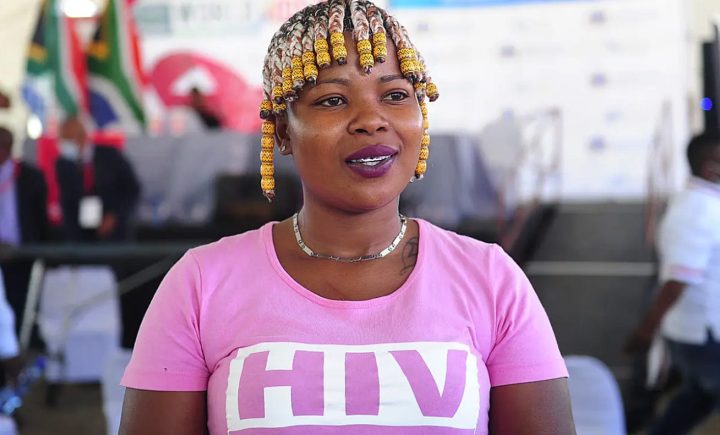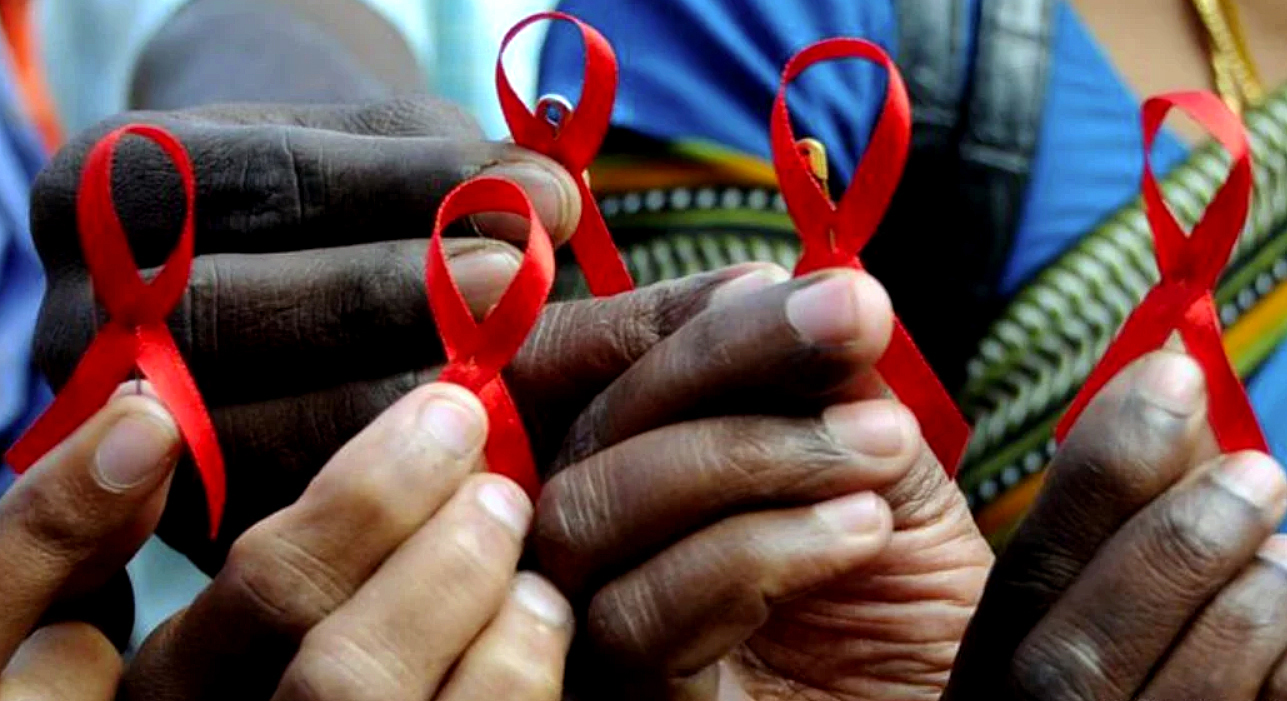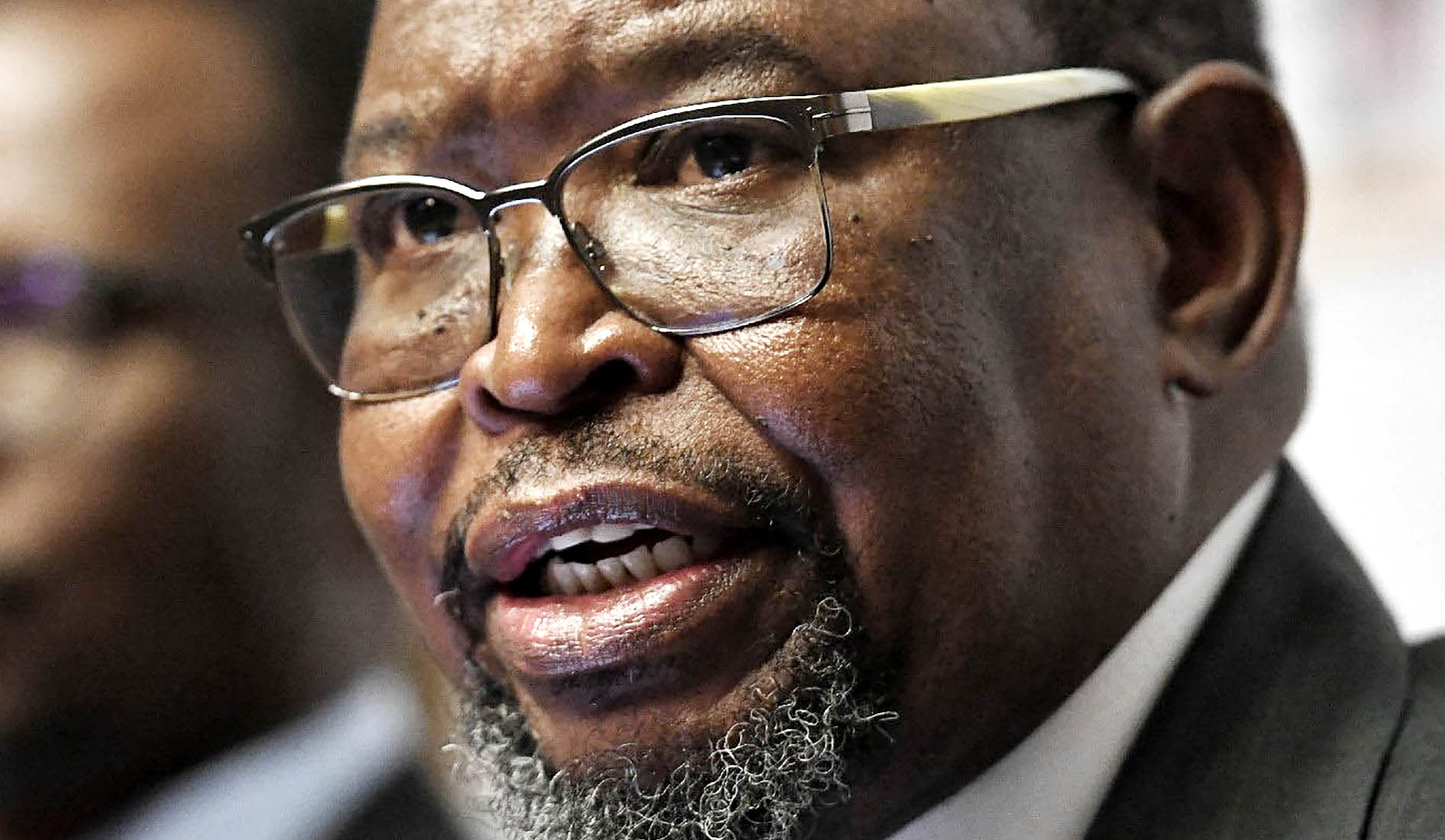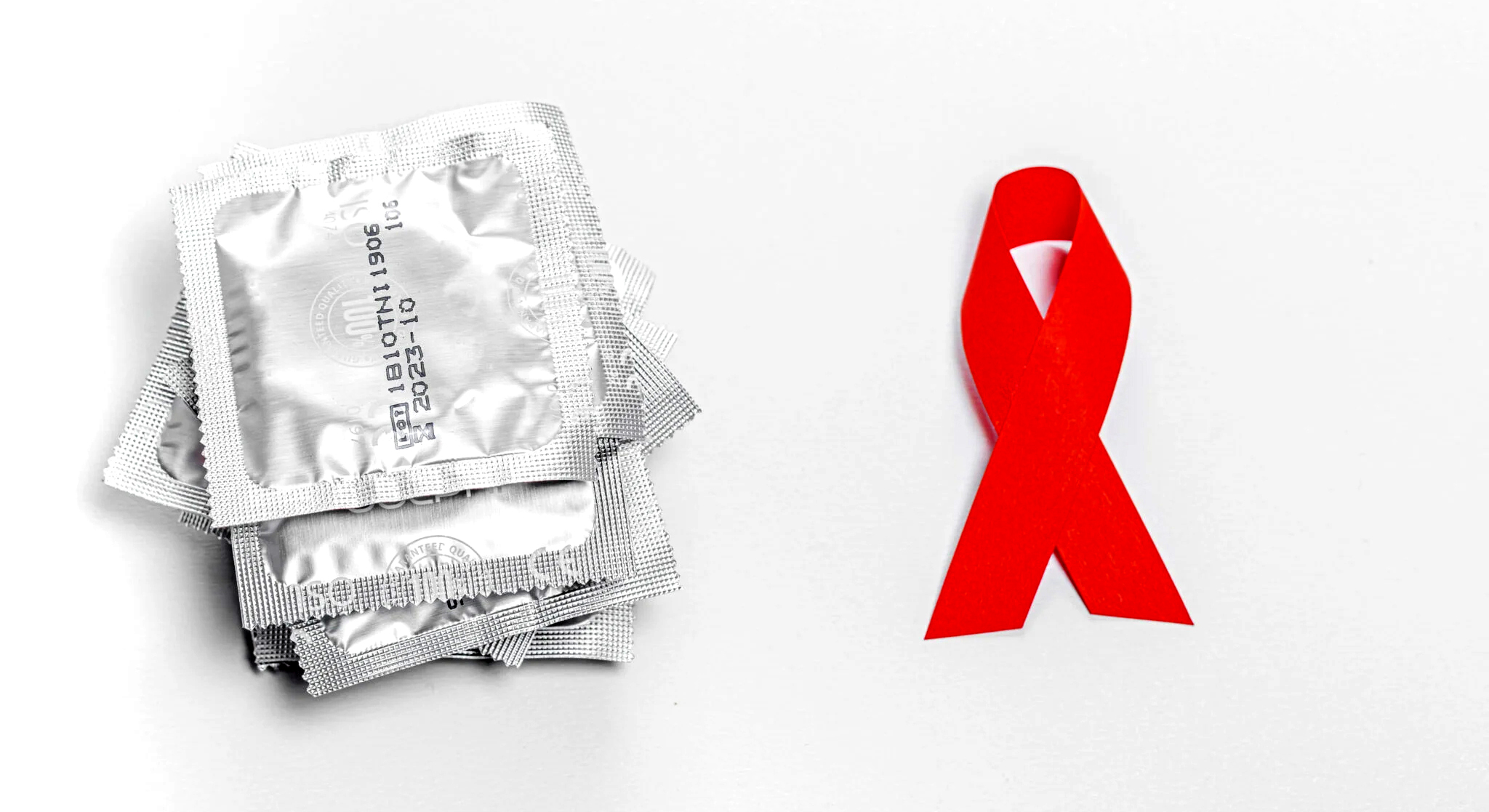SPOTLIGHT OP-ED
South Africa absolutely cannot afford Treasury’s proposed cuts to HIV funding

National Treasury has proposed a R1-billion cut to HIV funding. This has come about because the Department of Health has seen it as an opportunity for cost-containment. However, the HIV epidemic is not over and savings owing to cost reductions should not simply be returned to Treasury, argue Matshidiso Lencoasa and Mila Harding.
In November this year, National Treasury proposed a R1-billion cut to HIV funding. This has come about because — rather than seeing the reduced price of antiretroviral treatment as an opportunity to scale up treatment coverage and strengthen other interventions to address the HIV epidemic — the Department of Health has seen it as an opportunity for cost-containment.
However, savings made by any cost reduction on HIV treatment should not simply be returned to Treasury. Such savings provide an opportunity to put in place additional programmes and measures to both prevent and treat HIV to allow more people with HIV to live fuller lives and overcome this epidemic.
This cut is being proposed at the same time as an additional 11.5% cut to the already underfunded HIV/Aids (Life Skills Education) Grant, which is supposed to support the government’s HIV prevention strategy through providing learners with comprehensive sex education and access to sexual and reproductive health services. In other words, cuts are being proposed to both the treatment and prevention of HIV, without any evidence that the government has considered or evaluated the effect this will have on the constitutional rights, health, or lives of those affected, particularly womxn and vulnerable groups.
Funding South Africa’s response to HIV
South Africa’s HIV response has come a long way from the shameful years of denialism and stigma that resulted in hundreds of thousands of preventable deaths due to delays in making life-saving treatment available. Financing interventions to increase testing, curb infection and scale-up treatment has translated into life expectancy improving by nine years from its low point in the early 2000s and pronounced reductions in infant and child mortality rates.

In November this year, National Treasury proposed a R1-billion cut to HIV funding, this comes on top of additional budgets cuts to funding for the HIV/AIDS (Life Skills Education) Grant. (Photo: Spotlight)
In 2004 government very slowly started rolling out treatment at public health facilities — the pace only really picked up from around 2008. Today over 5.7 million of the 7.8 million people living with HIV in the country are benefitting from treatment. These efforts have also resulted in reduced infection rates — at 164,000 in 2022 from just over half a million new infections in 2004.
However, South Africa still accounts for 20% of new HIV infections globally, and our rate of new infections has not been decreasing swiftly enough in recent years to meet the government’s own targets. While the response to the HIV epidemic has improved, the epidemic has still not ended.
Budget cuts
Our HIV response is largely funded by the ring-fenced District Health Programmes Grant which enables provinces to provide HIV testing, the treatment programme, condom distribution, post-exposure prophylaxis (PEP), prevention of mother-to-child transmission, and HIV counselling as well as other interventions.
A UNAids report credits HIV funding for saving millions of lives as well as strengthening the public health systems of affected countries, including our own. However, UNAids notes that increased investment is still needed to end the HIV epidemic. Under a fully-funded HIV response, South Africa would be able to reduce new infections by 65% by 2030, meaning an additional 1,35 million new HIV infections could be prevented.
Treasury’s proposal in the recent Medium Term Budget Policy Statement (MTBPS) to cut R1-billion from the HIV component of the District Health Programmes Grant translates to a 4% cut from the Main Budget’s R23.9-billion to R22.9-billion for the 2023/24 financial year. This is not the first budget cut to HIV funding this year; a 0.4% cut was already made towards this grant in February.

Minister of Finance Enoch Godongwana. (Photo: Jairus Mmutle / GCIS)
The wider context
This budget cut comes in the context of potential reduced external funding from our developmental partners for our HIV response and is occurring despite notable struggles to get enough people living with HIV on treatment. The cut also occurs in the context of other massive reductions to healthcare that further constrain resources available to effectively address HIV through the public health system. For example, funding for healthcare infrastructure has been cut by R440-million (a 5.2% nominal cut from R8.54-billion to R8.10-billion) in spite of infrastructure backlogs (quantified at R200-billion). As the foundation for quality healthcare, health infrastructure is a prerequisite for effective delivery of HIV care.
Additionally, HIV funding cuts are not restricted to the public healthcare system. The budget for the HIV/Aids Life Skills Grant, which is used to provide sexual education (particularly on HIV), also has a proposed cut. This most recent proposal forms part of a trend of dramatic slashes to the grant since 2020.

The authors write that the situation is particularly concerning in light of low condom use amongst people aged 15 to 24. (Image: Marco Verch / Flickr)
Considering the demonstrable impact that exposure to comprehensive sexual education has on reducing HIV infection risk, coupled with the concerns of the re-emergence of HIV misinformation that threatens HIV prevention efforts and entrench stigma, further cutting the grant threatens the hard-won gains we have made and can make toward overcoming this epidemic. The situation is particularly concerning in light of low condom use amongst people aged 15 to 24.
The gendered impacts of budget cuts
Though these budget cuts impact the health system’s ability to provide quality HIV care to all of the estimated 7.8 million people living with HIV, unequal gender relations have resulted in young womxn in the country — particularly those in rural and underserved communities — bearing the greatest HIV burden. Indeed, even at the current funding level, according to the government, 1,300 womxn between the ages of 15 and 24 are newly infected with HIV every week.
Socio-economic factors such as brutal cycles of poverty and sexual abuse worsen this risk. Gender inequality has been found to increase infection rates while also weakening the ability of womxn to cope with HIV. This inequality further worsens the barriers young womxn face to negotiate safe sex. The cuts to HIV education in schools wholly undermine efforts to strengthen the prevention of HIV infection of womxn and girls, further aggravating their vulnerability. The prevalence of sexual violence also exacerbates the risk of HIV transmission.

These budget cuts impact the health system’s ability to provide quality HIV care, and young womxn in particular will be impacted. (Photo: Black Star / Spotlight)
A well-resourced HIV response is a powerful intervention to protect the most vulnerable womxn and girls in the country. Without considered regard for the gender implications of these proposed budget cuts, our government risks entrenching and worsening the strife that many womxn in this country face.
What to do
These budget cuts are attributed to fiscal consolidation and cost containment that has, according to the Minister of Health, been made possible by the reduced price of antiretrovirals.
However, any cost savings achieved in funding HIV interventions need to be redirected towards strengthening our health system’s ability to scale-up HIV treatment coverage and other HIV interventions, which are clearly set out in the National Strategic Plan on HIV, TB and STIs 2023-2028.
Investment could be made in robust health information systems, improved treatment literacy, and providing comprehensive support to people on HIV treatment to help more people start and stay on treatment.
Moreover, researchers from the University of the Witwatersrand have proposed extending support to target medication-related issues, psychosocial support and socioeconomic support as a powerful intervention to strengthen retention on treatment. These interventions require adequate financial support and the government’s savings made, owing to the reduced price of antiretrovirals could be redirected to these efforts.
Against the backdrop of South Africa’s disastrous initial response to the HIV epidemic, deprioritising HIV funding at this point in time is not a price we can afford to pay. DM
Lencoasa is a budget researcher and Harding is a legal researcher, both at SECTION27.
This article was produced by Spotlight – in-depth, public interest health journalism.
Note: This opinion piece was written by staff of SECTION27. Spotlight is published by SECTION27 and the Treatment Action Campaign, but is editorially independent – an independence that the editors guard jealously. The views expressed in this article are not necessarily those of Spotlight.




















spending money to keep people alive which follows a very peculiar lifestyle,
while millions go to bed hungry every day?